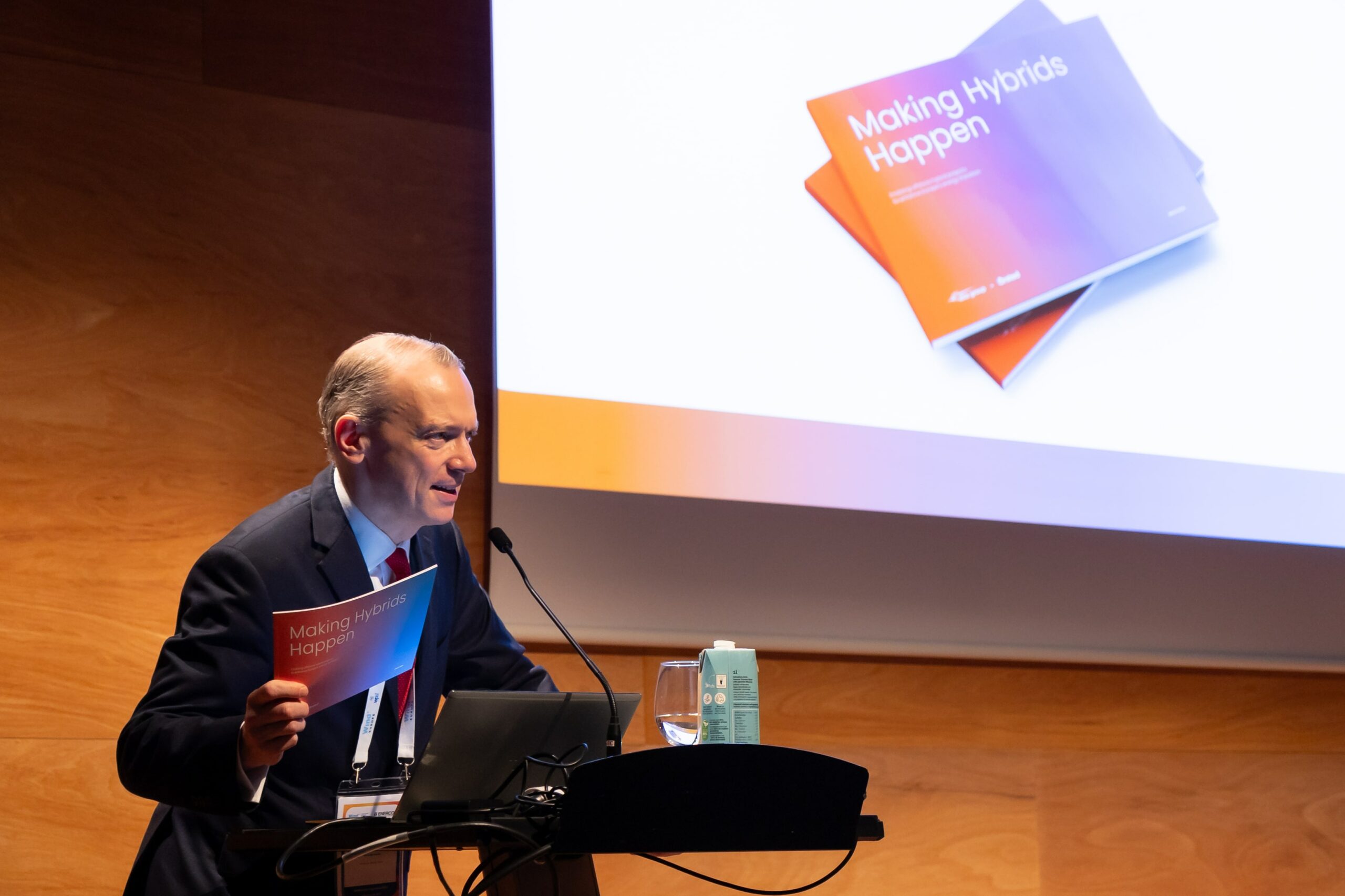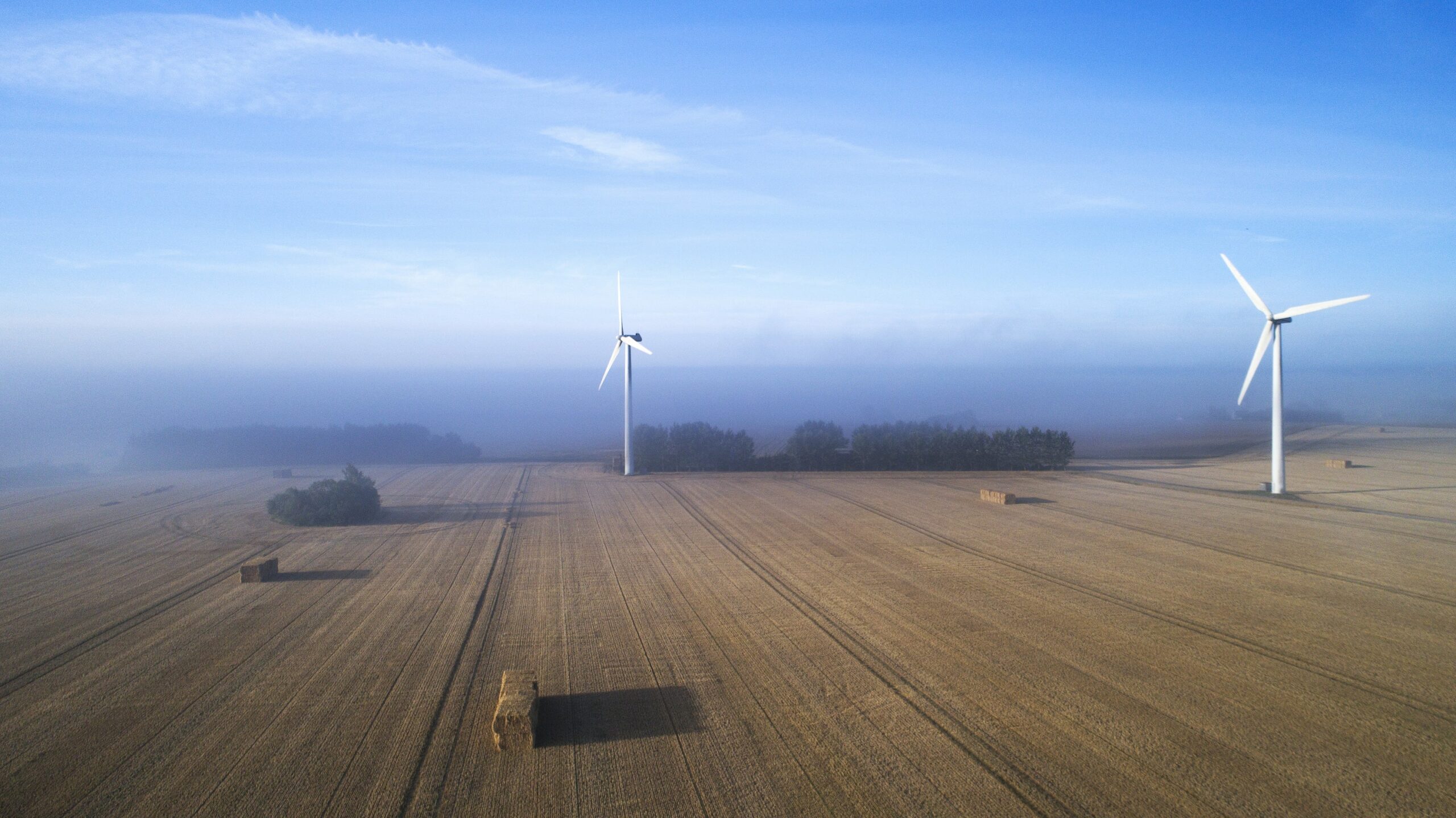News
Smart energy systems
A new horizon for battery energy storage is rising in South Africa


Green energy is on the rise in South Africa. New initiatives to diversify the energy mix, introduce a larger range of renewables and address the serious issue of insufficient energy capacity seek to fulfil the country’s increasing energy demand. The ambitions are laid out in the “Integrated Resource Plan 2019” on South Africa’s green energy transition towards 2030.
According to the plan, the share of coal is projected to drop by 30 per cent by 2030, with renewables rising to about 25 per cent. As a result of the shift, South Africa needs new ways of storing its energy to ensure that a steady supply of electricity – also on calm and windless afternoons. A game-changer may be battery storage facilities.
In that light, the Grid Code Secretariat at South Africa’s primary electricity supplier, Eskom, has recently submitted recommendations on important technical standards for integrating battery energy storage in the electrical grid to the National Energy Regulator (NERSA). The technical pre-work is an important pre-requisite to ensure integration of battery energy storage systems into the network for a well-functioning grid with an increased share of renewable energy. This is as a result of the Danish-South African energy partnership, which has been active since 2013.
- Related news: Denmark strengthens green partnerships with China, Vietnam, Mexico, South Africa
Close cooperation on important technical specifications
The development and adoption of battery energy storage systems is an emerging trend worldwide. Denmark has been one of the first countries in Europe to develop and specify technical regulations for battery energy storage systems. The close cooperation between South Africa and Denmark is therefore a crucial element in the country’s bid to achieve its goals for a greener transition of the energy grid.
In August 2020, Eskom called for bids, for the design and construction of a battery energy storage system to be installed in the Western Cape, where the group’s 100 MW Sere wind farm is located. This was the first step for the procurement process for large scale battery energy storage solutions and the first of its kind in all of Africa.
In order to ensure the safe, secure and stable operation of the power system, a grid connection code for battery energy storage has been developed. The grid connection code and the related testing guidelines have been developed in close collaboration with the Danish Energy Agency and the Danish TSO, Energinet, as one of the main activities realized within the South African-Danish energy partnership programme framework.
The parties have been collaborating extensively on the regulation during the last two years where the Danish Energy Agency, Energinet, NERSA, Eskom’s Grid Code Secretariat and industry experts have been sharing experiences and best practices to develop regulation for emerging green technologies like battery energy storage systems.
The South African-Danish energy collaboration in facts:
- In 2013, South Africa and Denmark entered a long-term cooperation agreement with the purpose of promoting a transition in South Africa to a low-carbon economy. It is financed by the Danish government and administered by the Danish Energy Agency in close cooperation with the Danish embassy and TSO, Energinet.
- The Danish Energy Agency cooperates with the Department of Mineral Resources and Energy (DMRE) and Eskom through the joint Energy Partnership Programme between South Africa and Denmark. The programme is just entering in its third phase running from November 2020 until 2025 and will focus on just energy transition, renewable energy procurement, integration of renewable energy into the power grid and long-term energy scenario modelling.
- The Danish Energy Agency partners with 16 countries, which in total account for more than 60% of the global CO₂ emissions. The aim is to share Danish experiences on shaping an energy system that combines a green, low-carbon and reliable energy supply with economic growth
Photo by Charl Folscher on Unsplash.















